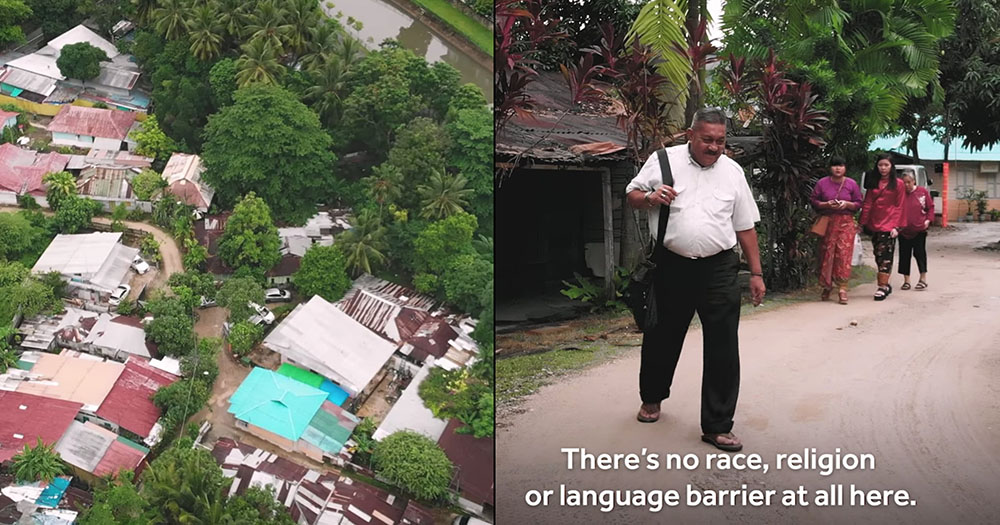Hong Kong's premier English newspaper, the South China Morning Post (SCMP), is generally well-known for its unflattering coverage of Singapore.
And there are more than enough examples of this:
However, in their latest feature of Singapore in a video dated Monday, Sep. 10, it would seem that there is one aspect of Singapore that has actually moved them enough to demur from their usual acerbic perspective.
Or rather, one particular location.
Enter Lorong Buangkok
Lorong Buangkok is widely known as Singapore's last kampong.
And while the land it sits on has been earmarked for redevelopment, it would appear that for now, this will occur only "several decades later", according to Second Minister for National Development Desmond Lee in October last year.
In the meantime, Lorong Buangkok has recently acquired something of a cult status as a living symbol of Singapore's kampong past.
Capturing the eye of SCMP
SCMP put up a short video on this long-discussed-and-written-about location.
Opening with overhead drone footage of Lorong Buangkok, the video sets a tone of nostalgia with its melancholic music, introduction of the kampong's current resident landlord, and statement about how kampongs were once "scattered through Singapore".
[related_story]
This is the set up to the video's subsequent channelling of the warm gotong royong spirit that permeates the kampong.
Landlord speaks about village harmony
According to the video, Sng Mui Hong, the kampong's current landlord, has lived in Lorong Buangkok for 63 years.
She is the daughter of the original landlord, Sng Tow Koon, who purchased the land in 1956 and leased it out to Malay and Chinese families.
Much of Sng's dialogue in the video shows her discussing the communal harmony in the village.
Which, as it surprisingly turns out, is a rather recent phenomenon.
Sng mentions how "in the old days", the kampong was actually divided into villages:
"If you live over there, you can't come into my village. You can't come over here. And I can't go over there."
Sng then adds that when she took over, she "opened it(the kampong) up" which was better as people could "have more friends to come in and walk around".
The video then proceeds to review facts about the kampong — it has 25 families, with 13 of them being Malay and 12 of them being Chinese, and it also has a prayer room for the kampong's Muslims.
Sentiments echoed by a resident
The video then reinforces Sng's view with a cut to Malay resident Md Nassim, who talks about how "there's a lot of interaction" between neighbours and that "there's no race, religion or language barrier at all here".
Nassim concludes that "that is one beauty of staying in the kampong".
This is the build-up to the video's climax where it cuts back to Sng talking about the low rent she charges the tenants in the kampong (US$4.70 to US$21.90 per month). Sng states that her reason for the low rent is because:
"...since I was small, we all looked out for each other, like family. I can speak Malay, so they're just like my family. There aren't that many differences between Chinese, Malays and Indians."
Attachment to the kampong remains strong
The video concludes with Sng talking about her powerful attachment to the kampong because of how intimately intertwined her family's lives are with the place.
"If you tell me to sell it, I can't. Because I grew up here. When my father bought this land, I was three years old. My mother died here. And then when I was 12, my grandfather died here. So I can't bear to part with this land. My father was 78 in 1996 when he died. So I have a lot of sentimental feelings here."
It would appear that it's warm enough to move even the most critical of Singapore's cynics.
Top images from SCMP
If you like what you read, follow us on Facebook, Instagram, Twitter and Telegram to get the latest updates.
